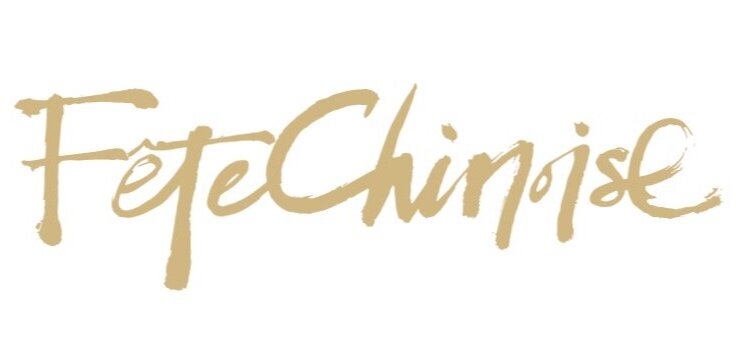More Than Red Pockets: The Celebration of Chinese New Year for Multicultural Canada
By Jennifer J. Lau
At the end of January this past year, I celebrated Chinese New Year or “Spring Festival” in Beijing because I was on a short research trip in Asia. I was met with a quieter-than-expected city, with clearer skies and fewer tourists than the last time I was there. As I was left with this unfamiliar quietness in the country’s capital, I reflected on what Chinese New Year means and could mean for Canadians today and tomorrow. I wondered what this celebration marks for fellow Chinese-Canadians beyond red pockets and large family gatherings, and for Canadians at large who see the festivities unfolding around them between New Year and Valentine’s Day.
Growing up in Toronto, I distinctly remember Chinese classmates requesting one-week-long absences during Chinese New Year. Being a multicultural society, teachers would approve these requests. It was strange witnessing my friends, who usually did not speak Chinese much, taking time off school. Prior to this realization that Chinese New Year had such significance, I gave little thought to it as a child. However, understanding the traditions and meaning behind New Year in the Chinese culture has become even more nuanced now for several reasons: a large number of Chinese immigrants are arriving and settling in Canada; Canadians of Chinese descent are starting new families with the desire to maintain Chinese traditions in some way in the upbringing of their children; and as our Canadian society embraces celebrations and festivals of the various cultures that make up our nation.
What is Chinese New Year and how is it celebrated? Chinese New Year and its traditions have a far reach. The celebration is marked by the first day of the first month of the Lunar calendar, which follows the cycle of the moon, in contrast to the Gregorian calendar, which follows the cycle of the sun. This is why the date differs each year on the Gregorian calendar; although it usually falls around late January or early February. Family reunions are extremely important for the New Year and traditionally festivities last for a duration of fifteen days; families will gather for a “year-end meal” or “reunion dinner” at home. Special dishes are prepared and made in anticipation of the family coming together. Decades ago and still for some people today, the family meal on New Year represents the best meal of the year. Some families may perform ceremonious rituals to gods and ancestors as well as, visit relatives throughout that duration. Many parents will buy new clothes for their children to ring in the season, usually in red (which is considered an auspicious colour in Chinese tradition). Married couples will fill red pockets with money to distribute to the younger generation as a wish of good luck and fortune, for both the one giving and receiving. Children will practice idioms to recite when they see their elders and receive their red pockets; common phrases include: “May you have the spirit and energy of a dragon and horse!” and “May your youth and beauty be eternal!” Chinese New Year festivities are vibrant around the world, in regions within and outside of China, such as Hong Kong, Macau, Taiwan, Singapore, Thailand, and Malaysia in Asia and of course in cities with Chinese descendents including those who call Canada and America their home.
What is interesting is that how Chinese New Year is celebrated is nuanced across cities with high Chinese populations around the world. This is partly because of the dialectical and regional differences within Chinese-speaking communities. For example, traditional dishes with names homonymous to festive phrases during the celebration are not the same in Hong Kong (and other Cantonese-speaking communities) as those in Taiwan (and other Mandarin-speaking communities). Words have distinct pronunciations that work for one dialect and not the other, so there are diversions in the words exchanged and meanings behind the foods enjoyed and the foods themselves.
Cultural practices also differ. The tradition of “walking around the Flower Market” is a Southern Chinese practice — evident in places like Guangzhou and Hong Kong and where large number of Cantonese immigrants have settled, like in Toronto. Knickknacks in red, luck-changing pinwheels, and flowers are common items sold in these markets, alongside food and game stalls. Participating in the walk is one way of changing one’s luck or gathering more, it is believed. But this particular form of celebration is not a common cultural practice across China at large and rural cities. In other regions, there may be night-long parties with firecrackers and lantern festivals on the fifteenth day of the New Year.
It is these differences in the words we speak, in the foods we eat, and in the ways we celebrate, that we learn about our intracultural flavour. As more people of Chinese descent arrive and settle in Canada, this mélange will continue to grow and evolve. And when we learn to appreciate the distinct practices within families, communities, and an imagined Chinese culture, our children and grandchildren will hopefully embrace and find meaning in their own encounters of Chinese New Year. The appreciation and understanding of the roots of this celebration is a starting point — the beginning of a journey of learning about the past and how we relate to it in the present and future.
Born and raised in Toronto, Jennifer is completed her PhD in East Asian Studies with a specific focus on interactions between China and Canada. Passionate about being a bridge between cultures for the community, Fête Chinoise has been an amazing platform to educate others about the richness of Chinese culture in multicultural Canada.

